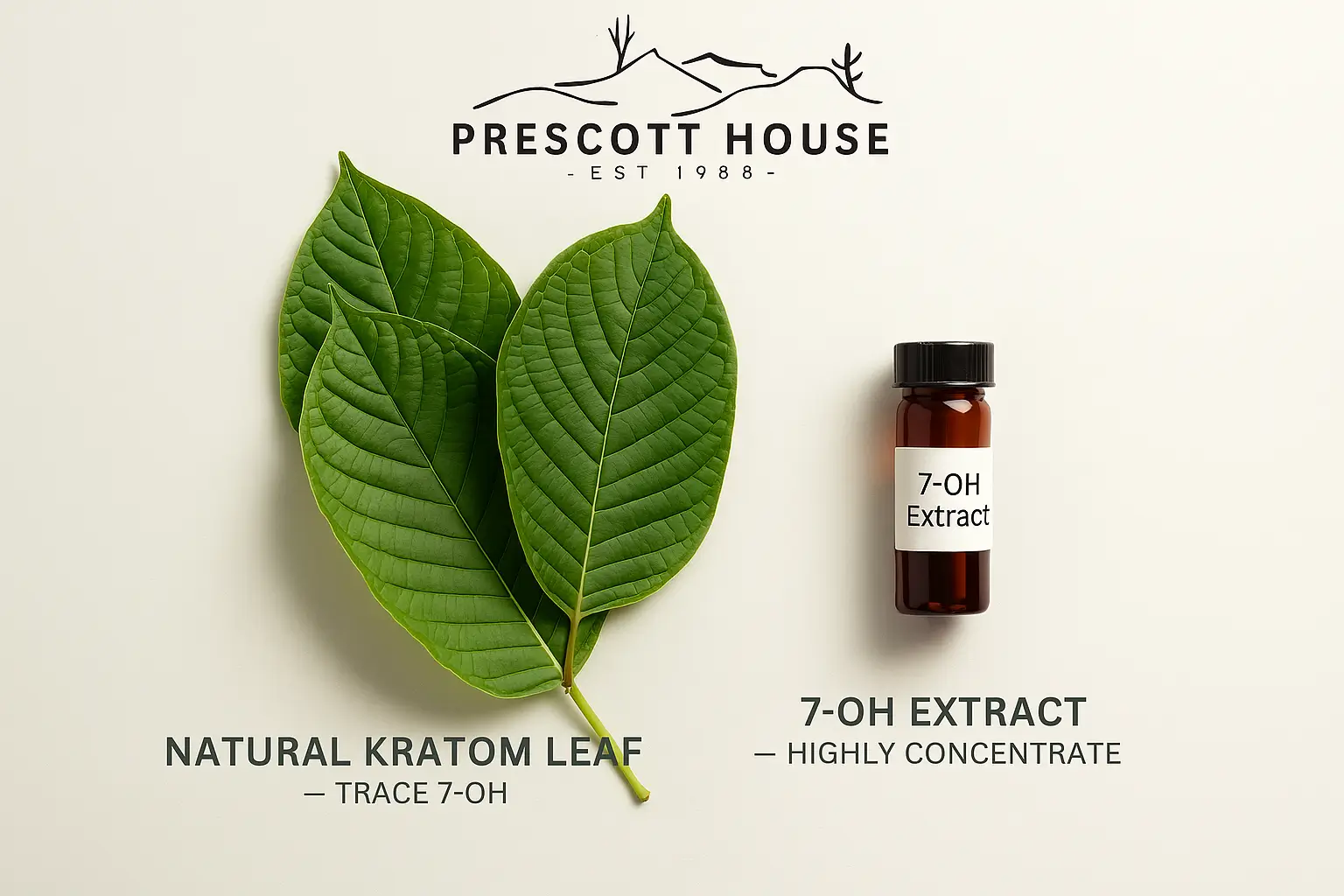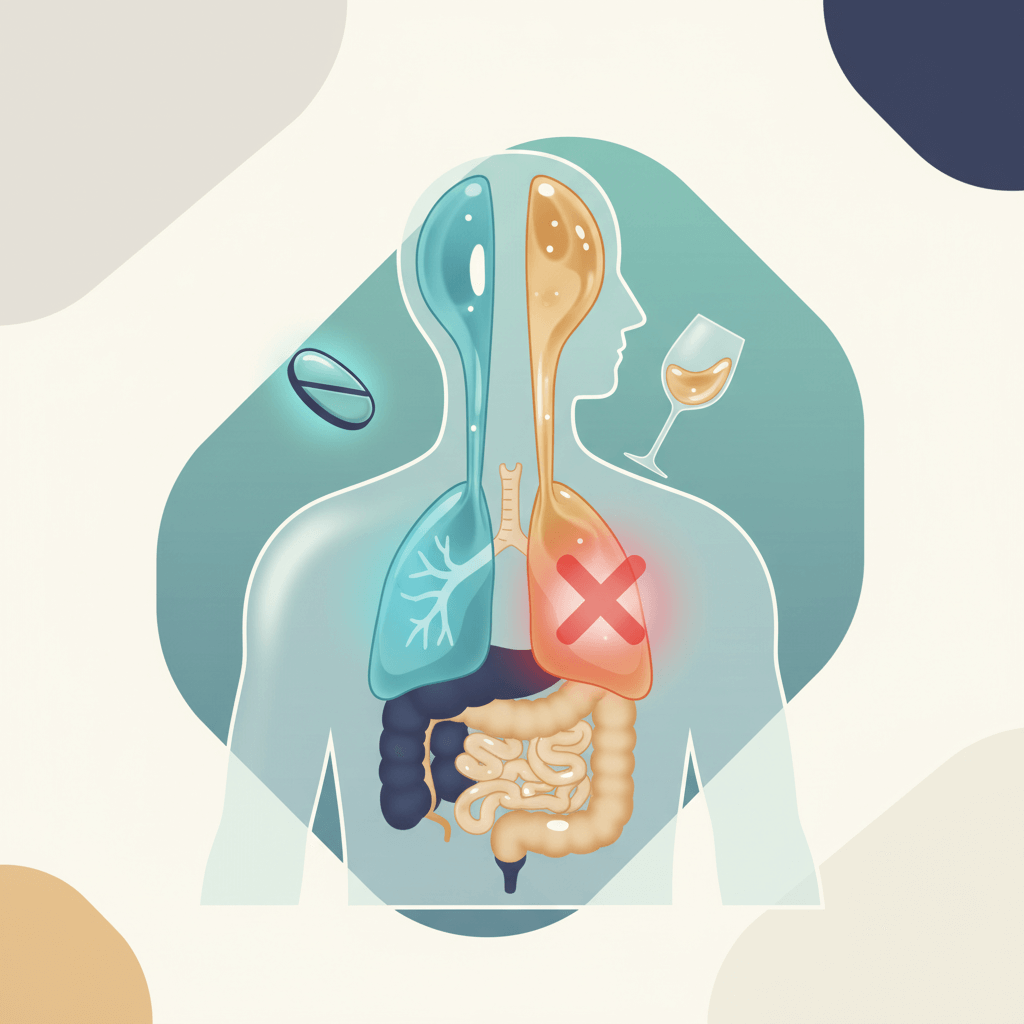Designer Drugs Overview
Designer drugs, also known as synthetic drugs or club drugs, are a class of substances specially designed to mimic the effects of other illegal drugs. Unlike naturally derived drugs, these substances are created in laboratories, making them more dangerous due to the unregulated environment in which they are produced. These drugs are engineered to recreate or simulate the effects of traditional illicit drugs, such as marijuana, hallucinogens, and opioids, among others.
Understanding Designer Drugs
Designer drugs are chemically modified to produce similar effects to those of controlled substances. By altering the chemical structure, manufacturers try to evade legal restrictions and create new substances with potentially dangerous effects. These drugs often target the same receptors in the brain as their illegal counterparts, leading to similar psychoactive effects.

The appeal of designer drugs lies in their ability to produce mind-altering experiences, enhance mood, and induce euphoria. However, the risks associated with these substances are significant. Due to their unregulated production, the potency and purity of designer drugs can vary greatly, making it difficult to predict the effects and potential toxicity of each batch.
The Rise of Designer Drugs
Designer drugs have gained popularity in recent years, primarily due to their accessibility and the perception that they are less risky than traditional illicit drugs. The internet has played a significant role in the proliferation of these substances, allowing users to easily purchase them online. Additionally, the constantly evolving chemical compositions of designer drugs make it challenging for regulatory bodies to keep up with their detection and control.
The rise of designer drugs has presented a significant challenge for public health and law enforcement agencies. The rapid emergence of new substances with potential health risks has led to an urgent need for increased awareness, education, and regulation to protect individuals from the dangers associated with these drugs.
Understanding the nature of designer drugs and their prevalence is essential for addressing the risks they pose to individuals and communities. By staying informed and vigilant, we can work towards mitigating the harms caused by these dangerous substances.
Synthetic Cathinones
Synthetic cathinones, commonly known as bath salts, are a class of designer drugs that can produce stimulant effects similar to amphetamines. These substances are chemically related to cathinone, the primary active alkaloid in the khat plant. Bath salts have gained notoriety due to their dangerous and unpredictable effects on individuals who use them.
Dangers of Bath Salts
Bath salts, as unregulated mind-altering substances, can produce seriously toxic effects. The effects of bath salts can vary widely depending on the individual, the specific formulation, and the route of administration. Commonly reported effects of bath salts include increased energy, alertness, concentration, sexual stimulation, empathy, talkativeness, mood enhancement, euphoria, and decreased appetite [4].
However, the use of bath salts can also lead to acute toxicity, which is often severe and can have devastating consequences. Acute agitation is a hallmark of bath salts toxicity, and individuals may experience paranoia, hallucinations, and delusions. In some cases, the toxic effects of bath salts can manifest as extreme agitation, panic attacks, and violent behavior. There have even been reports linking bath salts to self-harm and cannibalistic behavior [1].
Mephedrone, Methylone, and More
Bath salts encompass a range of synthetic cathinones, with mephedrone and methylone being among the most commonly encountered. These substances are often sold as a white powder or in crystalline form, resembling actual bath salts or other harmless products. However, it's important to remember that these substances are far from harmless.
The specific chemical composition of bath salts can vary, as manufacturers constantly modify the structures to evade legal regulations. This makes it challenging to determine the exact ingredients and potency of each batch. The lack of quality control and regulation poses a significant risk to individuals who consume these substances, as they may be unknowingly exposed to highly potent and dangerous compounds.
Due to the serious health risks associated with bath salts, it is crucial to seek professional help and support if you or someone you know is struggling with addiction or the consequences of bath salts use. Detox and treatment plans, along with ongoing support and counseling, can provide individuals with the tools and resources needed to regain control over their lives and overcome the challenges posed by addiction.
Synthetic Cannabinoids
Synthetic cannabinoids, also known as synthetic cannabis or SCs, are designer drugs that mimic the effects of cannabis. These substances are chemically different from the primary cannabinoid in cannabis, delta-9-tetrahydrocannabinol (THC), but are often more potent and efficacious CB1 agonists. This section explores the dangers associated with synthetic cannabinoids, particularly the menace of spice and the risks involved in using synthetic cannabis.
The Menace of Spice
Spice, also referred to as synthetic marijuana, is one of the earliest synthetic cannabinoids sold in various parts of the world. Marketed under names like "kronic," "northern lights," and "mojo," synthetic cannabinoids like Spice have gained popularity as a supposed "safe and legal alternative" to marijuana. However, these substances can be more dangerous and potent due to the unregulated chemicals used to produce them.
The short- and long-term effects of synthetic cannabinoids like Spice are still not fully understood due to the recent development of these substances. However, reports suggest that adverse psychological effects, including anxiety, agitation, paranoia, and delusions, can result from their use. These substances have the potential to provoke acute psychosis, worsen pre-existing chronic psychotic disorders, and cause acute toxic effects such as seizures and myocardial infarction. Deaths have even been reported in connection with their use.
Risks of Synthetic Cannabis
The use of synthetic cannabinoids, including Spice, poses significant risks to individuals. Synthetic cannabinoids are difficult to categorize and regulate due to their chemical differences from the illicit drugs they aim to mimic. As a result, hundreds of known designer drugs, including synthetic cannabinoids, are being sold to drug users worldwide, making it challenging to develop rules and regulations to prohibit each new drug or drug group.
A growing number of reports, particularly from the United States, have highlighted the toxic effects associated with synthetic cannabinoid use. These toxicities can manifest as serious acute and long-term health issues. Users have experienced severe effects such as rapid heart rate, vomiting, violent behavior, seizures, and even suicidal thoughts after using synthetic cannabinoids.
It is crucial to recognize the dangers posed by synthetic cannabinoids and to avoid their use. The unregulated nature of these substances and the potential for severe adverse effects make them a significant concern for public health. Education, awareness, and prevention efforts are essential in combating the risks associated with synthetic cannabinoids and protecting individuals from their potentially harmful consequences.
Synthetic Hallucinogens
Synthetic hallucinogens have gained popularity in recent years, and among them, 25I-NBOMe and N-bomb are two particularly dangerous substances.
Exploring 25I-NBOMe
25I-NBOMe belongs to the 2C series of phenethylamines and is known for its hallucinogenic properties, primarily through serotonergic stimulation. When consumed, it can induce hallucinations, stimulating effects, and depersonalization [4]. However, the use of 25I-NBOMe comes with significant risks and adverse effects.
Psychologically, the use of 25I-NBOMe can lead to delirium, agitation, aggression, violence, paranoia, dysphoria, severe confusion, and self-harm. Physiologically, it can cause tachycardia, hypertension, mydriasis, hyperreflexia, clonus, seizures, and even potentially life-threatening conditions such as hyperthermia and pulmonary edema. Deaths have been reported in connection with the use of 25I-NBOMe.
N-bomb: A Synthetic Hazard
N-bomb, also known as 25I-NBOMe, is a synthetic hallucinogen with similar effects and risks as 25I-NBOMe. It belongs to the 2C series of phenethylamines and can produce hallucinations, stimulating effects, and depersonalization when consumed. However, the adverse effects associated with N-bomb can be severe and potentially life-threatening.
Psychiatrically, the use of N-bomb can lead to delirium, agitation, aggression, violence, paranoia, dysphoria, severe confusion, and self-harm. Physiological effects may include tachycardia, hypertension, mydriasis, hyperreflexia, clonus, seizures, and an increased risk of hyperthermia, pulmonary edema, and trauma-related fatalities. It is crucial to recognize the dangers associated with N-bomb and avoid its use to prevent potentially severe consequences [4].
The use of synthetic hallucinogens like 25I-NBOMe and N-bomb poses significant risks to individuals. It is important to raise awareness about these dangers and discourage their use. Education, prevention, and support are vital in addressing the risks associated with designer drugs and promoting the well-being of individuals in our communities.
Designer Drugs Impact
The impact of designer drugs on individuals and society is significant, with both known and unknown dangers associated with their use. These substances, due to their unregulated nature, can pose serious risks to the health and well-being of those who consume them.
Toxicity and Unknown Effects
Designer drugs, by their very nature, lack regulation in terms of strength and ingredients. This lack of oversight raises the risk of overdose and unpredictable side effects. The variations in chemical makeup among different batches or brands of designer drugs can have unknown and potentially harmful impacts on the user's brain and body.
One of the main dangers of designer drugs is the lack of knowledge regarding their toxicity and long-term effects. The chemical structures of these substances often differ from traditional drugs, which means that their effects on the body may also differ. As a result, individuals who consume designer drugs are exposed to risks that are not well understood. The lack of research and scientific data surrounding these substances makes it difficult to fully grasp the potential harm they can cause.
The Lethal Consequences
The use of designer drugs has been associated with numerous deaths and severe health complications. According to a study, multiple deaths have been reported with each type of designer drug, highlighting the lethal consequences of their consumption. The unregulated strength and ingredients of these substances increase the likelihood of overdose, as individuals are often unaware of the quantity consumed. The unpredictable nature of designer drugs further contributes to their dangerous reputation.
Certain types of designer drugs have particularly grave consequences. Synthetic opioids, such as fentanyl and other novel synthetic opioids, have played a critical role in the opioid crisis, especially in the United States. These highly potent substances can lead to respiratory depression and fatal overdoses.
The dangers associated with synthetic cannabinoids, also known as synthetic cannabis or "Spice," are another cause for concern. These substances are associated with a less desirable effect profile and more severe adverse effects compared to natural cannabis. The lack of quality control and inconsistency in chemical composition make synthetic cannabinoids highly unpredictable and potentially life-threatening.
In conclusion, the impact of designer drugs is characterized by toxicity, unknown effects, and lethal consequences. The unregulated nature of these substances, combined with the lack of research and understanding, poses significant risks to those who use them. It is crucial to raise awareness about the dangers associated with designer drugs and promote education and prevention efforts to protect individuals and communities from their harmful effects.
Seeking Help and Recovery
When it comes to dealing with addiction to designer drugs, seeking help and embarking on a journey of recovery is crucial. Overcoming addiction is a challenging process, but with the right support and treatment, it is possible to regain control and live a substance-free life. This section will explore the importance of detox and treatment plans, as well as regaining control from addiction.
Detox and Treatment Plans
Detoxification, or detox, is often the first step in the recovery process. It involves eliminating the drugs from the body and managing withdrawal symptoms. Detox should be conducted under the supervision of medical professionals to ensure safety and comfort during this critical phase.
The specific approach to detox can vary depending on the individual's circumstances, the drug(s) involved, and the severity of the addiction. Medical detox may be recommended, especially for substances like synthetic opioids and benzodiazepine designer drugs, which can have severe withdrawal symptoms [6]. Medical professionals can provide medications and support to alleviate withdrawal symptoms and minimize the risk of complications.
Following detox, a comprehensive treatment plan is essential for sustained recovery. Treatment plans typically involve a combination of therapies, counseling, and support groups. These may include behavioral therapies, such as cognitive-behavioral therapy (CBT) or dialectical behavior therapy (DBT), which aim to address the underlying causes of addiction and develop healthy coping mechanisms.
Support groups, such as Narcotics Anonymous (NA) or SMART Recovery, offer a valuable network of individuals who understand the challenges of addiction and provide ongoing support. Additionally, individual counseling sessions can help individuals explore their thoughts and emotions, develop relapse prevention strategies, and work towards rebuilding their lives.
Regaining Control from Addiction
Recovering from addiction goes beyond the initial detox and treatment phase. It involves making significant lifestyle changes and developing a support system to maintain sobriety in the long term. Here are some key steps to regaining control from addiction:
- Identify triggers: Recognize the people, places, or situations that can lead to drug use and develop strategies to avoid or cope with them effectively.
- Build a support system: Surround yourself with individuals who support your recovery journey and can provide encouragement and accountability.
- Practice self-care: Prioritize your physical, mental, and emotional well-being. Engage in activities that promote relaxation, such as exercise, meditation, or hobbies.
- Create a relapse prevention plan: Work with a counselor or therapist to develop a plan that includes identifying warning signs, coping strategies, and emergency contacts.
- Establish healthy routines: Develop a structured daily routine that includes regular sleep patterns, nutritious meals, and engaging in positive activities.
- Avoid high-risk situations: Steer clear of environments or social circles that may expose you to drugs or temptations.
- Celebrate milestones: Celebrate your progress and achievements along the way to stay motivated and reinforce your commitment to sobriety.
Recovering from addiction is a personal journey, and the path may not always be smooth. It's important to be patient and kind to yourself throughout the process. Remember that seeking help and support is a sign of strength, and with the right resources and determination, it is possible to overcome addiction and regain control of your life.
References
[1]: https://pmc.ncbi.nlm.nih.gov/articles/PMC7225206/
[2]: https://drugabuse.com/drugs/designer-drugs/
[3]: https://www.briarwooddetox.com/blog/top-7-dangerous-synthetic-drugs/
[4]: https://www.ncbi.nlm.nih.gov/pmc/articles/PMC4422150/
[5]: https://www.betterhealth.vic.gov.au/health/healthyliving/synthetic-drugs
[6]: https://www.ncbi.nlm.nih.gov/pmc/articles/PMC7225206/













